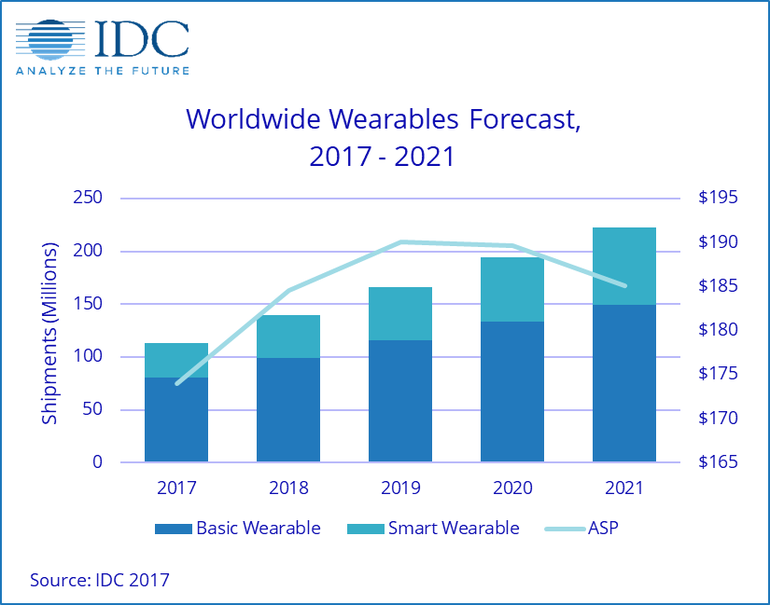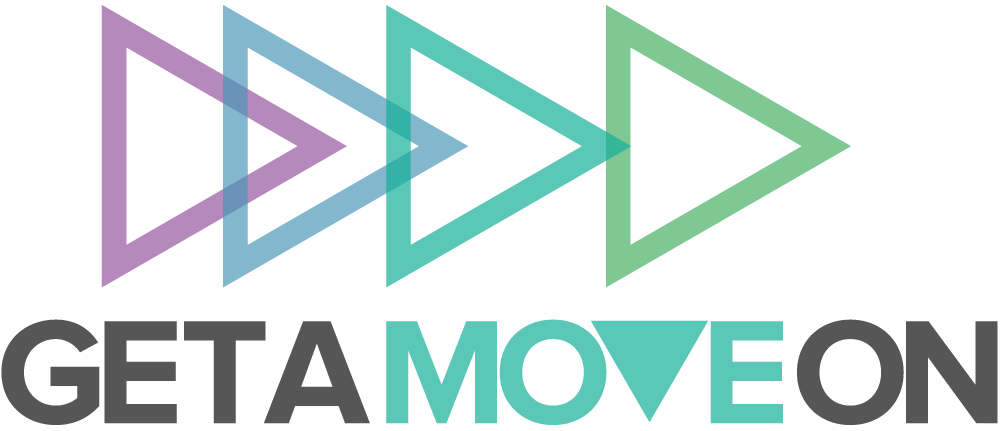What's in store for wearables?
Author: Lucia Sanz Vilar

What’s in store for wearables?
Wearables are here to stay. Data from the International Data Corporation’s (IDC) Worldwide Quarterly Wearable Device Tracker Report forecasts 240.1 million units will be shipped in 2021, with the ability to measure heart rate with an oximeter built into a ring, stresswith a electodermal sensor in a wristband or levels of social interaction with proximity detectors with WiFi- or Bluetooth- enabled devices – pretty amazing stuff considering wearables are still in their infancy.
The report anticipates that watches will account for the majority of all wearable devices, whereas wristbands, once the leaders of the wearables market, will see a slower growth rate. IDC’s Report predicts a huge compound growth rate between now and 2021 for both smart clothing (76%) and earwear aka ‘hearables’ (39%) which will bring additional functionality to a regular pair of earphones, including collecting fitness data about the user, real-time audio filtering and sending information back and forth to a smartphone application.
But according to Ramón T. Llamas, Research Director of IDC’s Devices and Displays team, the focus is now increasingly shifting from “getting the product out there” to “getting the experience right”: how users feel about the device itself and also how data is collected, analysed and presented. He argues that in the years ahead, second- and third- generation devices will make today’s devices seem very old-fashioned: we can expect “digital assistants, cellular connectivity and connections to larger systems, both at home and at work”, as well as more devices being brought to market, making them more affordable.
This is likely to help extend their use in healthcare routines and settings. On the 13th July 2018, GetAMoveOn is hosting a free 1-day hands-on workshop exploring wearables in primary care, considering how future wearable interventions might be improved or re-designed from the ground up in order to maximise their success rate. The session will be led by by Dr. Davis A. Ellis (Lecturer in Psychology/Computational Social Science, Lancaster University) and Dr Lukasz Piwek (Lecturer in Data Science, University of Bath). Anyone with an interest in researching and designing healthcare apps (including PhD students and ECRs), or using them with patients in a clinical setting, is welcome to attend. More information can be found here and you can register here.
Sources:
Eagle, N., Pentland, A. S., & Lazer, D. (2009). Inferring friendship network structure by using mobile phone data. Proceedings of the national academy of sciences, 106(36), 15274-15278.
Sandulescu, V., Andrews, S., Ellis, D., Bellotto, N., & Mozos, O. M. (2015, June). Stress detection using wearable physiological sensors. In International Work-Conference on the Interplay Between Natural and Artificial Computation (pp. 526-532). Springer, Cham.
Yang, B. H., & Rhee, S. (2000). Development of the ring sensor for healthcare automation. Robotics and Autonomous Systems, 30(3), 273-281.
Framingham, M (2018) Worldwide Wearables Market to Nearly Double by 2021, According to IDC. [online] IDC: The premier global market intelligence company. Available at: https://www.idc.com/getdoc.jsp?containerId=prUS42818517 [Accessed 28 May 2018]








